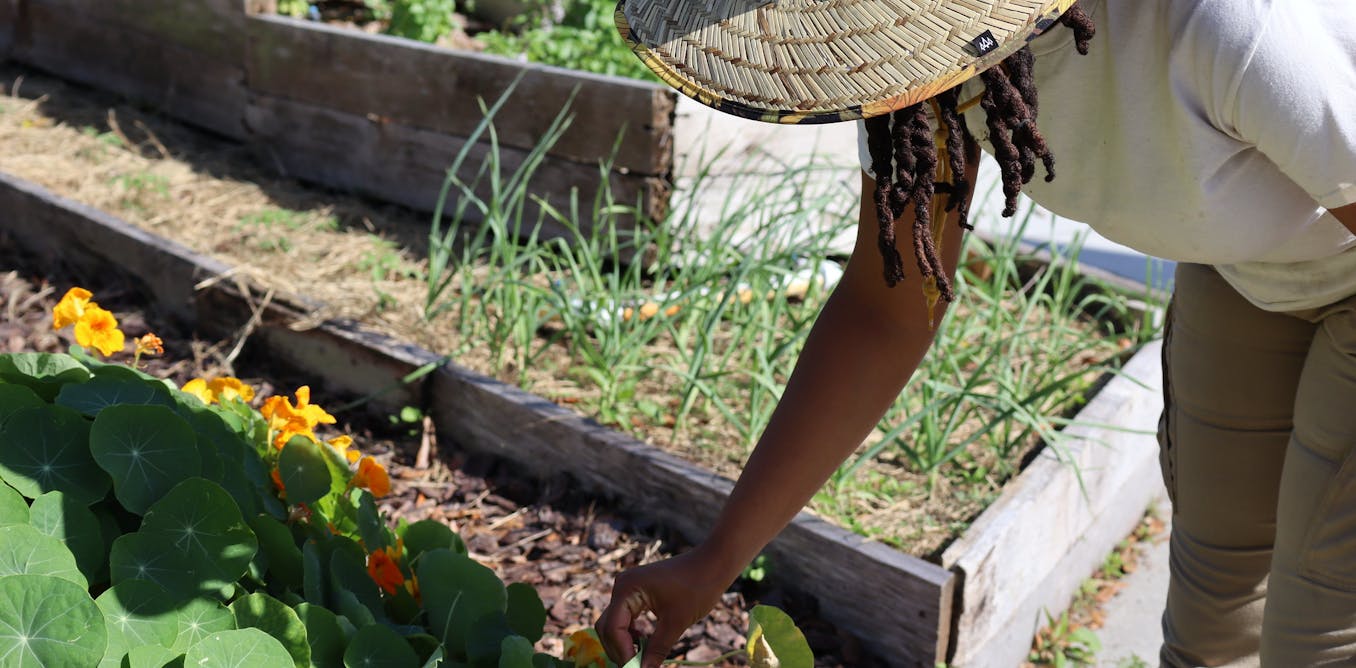What Does City Blooming Mean?
What Does City Blooming Mean?
Blog Article
Getting My City Blooming To Work
Table of Contents6 Easy Facts About City Blooming ExplainedIndicators on City Blooming You Need To KnowThe Best Guide To City BloomingNot known Facts About City BloomingThe Of City Blooming
Interested in expanding food offer for sale in the City of Chicago? Considering starting a neighborhood yard? Changes to the Chicago Zoning Regulation permit farming usages like community gardens and metropolitan farms in several parts of the city. Below is a checklist of regularly asked questions relating to the regulations and policies that cultivators ought to take into consideration when planning a city agriculture project.
The zoning change does not change any kind of various other codes dealing with composting, structure licenses, purchasing or renting City had property, service licenses or environmental contamination. There are existing codes that control these problems and they remain in complete result and may be suitable to your project. Area yards are typically had or taken care of by public entities, civic organizations or community-based companies and kept by volunteers.
Urban farms expand food that is meant to be sold, either on a not-for-profit or for-profit basis. As a result of their business objective, city farms require a business license. Yes. An area yard is permitted to market surplus produce that was expanded on website if the sales are accessory or subordinate to the yard's main purpose described over.
The Single Strategy To Use For City Blooming
The amount of compost material can not surpass 25 cubic lawns at any kind of offered time according to the criteria in 7-28-715 of the City's Municipal Code. Because the soil at many new yard sites requires modifying, garden compost, soil, wood chips, or various other materials can be gotten to create or boost the expanding space.

If a structure license is required then the hoophouse will certainly be thought about an accessory structure. You can find out more regarding the structure license needs by contacting the Division of Buildings. The 25,000-square-foot dimension limit is intended to avoid a single community yard from dominating an offered block or interfering with the block's existing household or commercial personality.
The restriction does not use to yards situated in Public Open Space (POS) areas. Can there be more than one community garden that is 25,000 square feet on a solitary block? Fence is not needed, however, yards that have large vehicle parking areas may be needed to set up fencing or other landscaping functions.
Fascination About City Blooming
B1 & B2 areas call for that all commercial use tasks be performed inside. Is secure fencing required for metropolitan farms? Fencings may be needed, along with landscaping and testing, for specific vehicle parking areas and outside job or storage areas depending on area and the details activity taking location.
Yes. Urban farms call for structure authorizations and zoning authorizations prior to building and construction. Various other types moved here of city evaluation might be required relying on specific frameworks, activities, size, landscaping, licensing, public heath and stormwater administration issues. A lot of these demands are identified in the task design or permitting procedure, nonetheless, the candidate may be accountable to independently identify details licenses or allows that may be called for.
The Division of Company Matters and Customer Protection can assist determine the details type of service certificate that's called for. Off street car parking is needed for most commercial jobs in Chicago. The called for number of car parking spaces is based on the number of staff members functioning on website and not the square video footage of the expanding area.
City Blooming Fundamentals Explained

Yes. A metropolitan ranch can offer compost material created on site, nonetheless, the operation must comply with the policies in 7-28-715 of the Chicago Municipal Code. Yes. Aquaponic systems are enabled inside your home on urban farms in lots of zoning areas. A zoning testimonial and building authorization is needed in order to install structures or systems and a business permit is required as defined above.
Approximately 5 hives or nests of honey may be maintained as an accessory use. However, beekeepers must sign up with the Illinois Department of Agriculture. To learn more regarding the proposed zoning modification you might speak to the Department of Housing and Economic Development, Bureau of Planning and Zoning at 312.744.8563.
Farming in cities and city areas An urban ranch in Chicago. Urban farming describes different techniques of growing. https://canvas.instructure.com/eportfolios/2986028/Home/City_Gardening_A_Green_Oasis_in_the_Concrete_Jungle, handling, and dispersing food in urban areas. The term additionally puts on the location tasks of animal husbandry, aquaculture, beekeeping, and horticulture in a city context. Urban agriculture is identified from peri-urban agriculture, which occurs in country areas at the edge of suburban areas.
How City Blooming can Save You Time, Stress, and Money.
It can involve a motion of natural growers, "foodies" and "locavores", that seek to create socials media based on a shared ethos of nature and community holism. These networks can create by means of formal institutional assistance, coming to be incorporated right into local town as a "change town" motion for sustainable urban development.
In either situation, the extra straight access to fresh veggie, fruit, and meat items that might be know through urban farming can boost food security and food security while lowering food miles, bring about lower greenhouse gas discharges, therefore contributing to climate adjustment mitigation. Some of the very first evidence of city agriculture originates from Mesopotamia.
Report this page